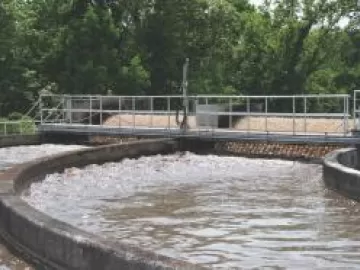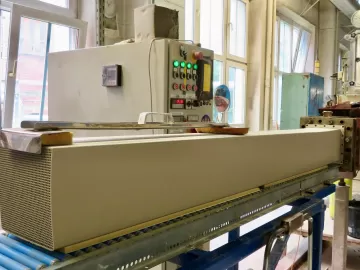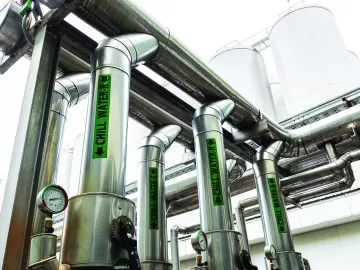Technology

Word is beginning to filter out about the 2022 changes to the ASHRAE 90.1 energy efficiency standard, and the changes it promises to bring to how compressed air systems are specified, commissioned and maintained. More specifically, the industry is learning about section 10.4.6 of 90.1, which is the first time the standard has included a section on compressed air.
[ Read Full Story ]
Blower Advancements for the Wastewater Industry
[ Read Full Story ]
Protection Against Water Hammer Damage
[ Read Full Story ]
Water Treatment Plant Receives $1.7 million Energy Grant
[ Read Full Story ]
Compressed Air Auditing 101
[ Read Full Story ]
Pneumatic System Assessments Save Energy
[ Read Full Story ]
Soft Drink Bottler Saves Energy With Blowers
[ Read Full Story ]
An Introduction to WAGD System Implementations
[ Read Full Story ]
Supplied Air Respiratory Protection
[ Read Full Story ]
The Importance of Dewpoint for Medical Air Systems
[ Read Full Story ]











